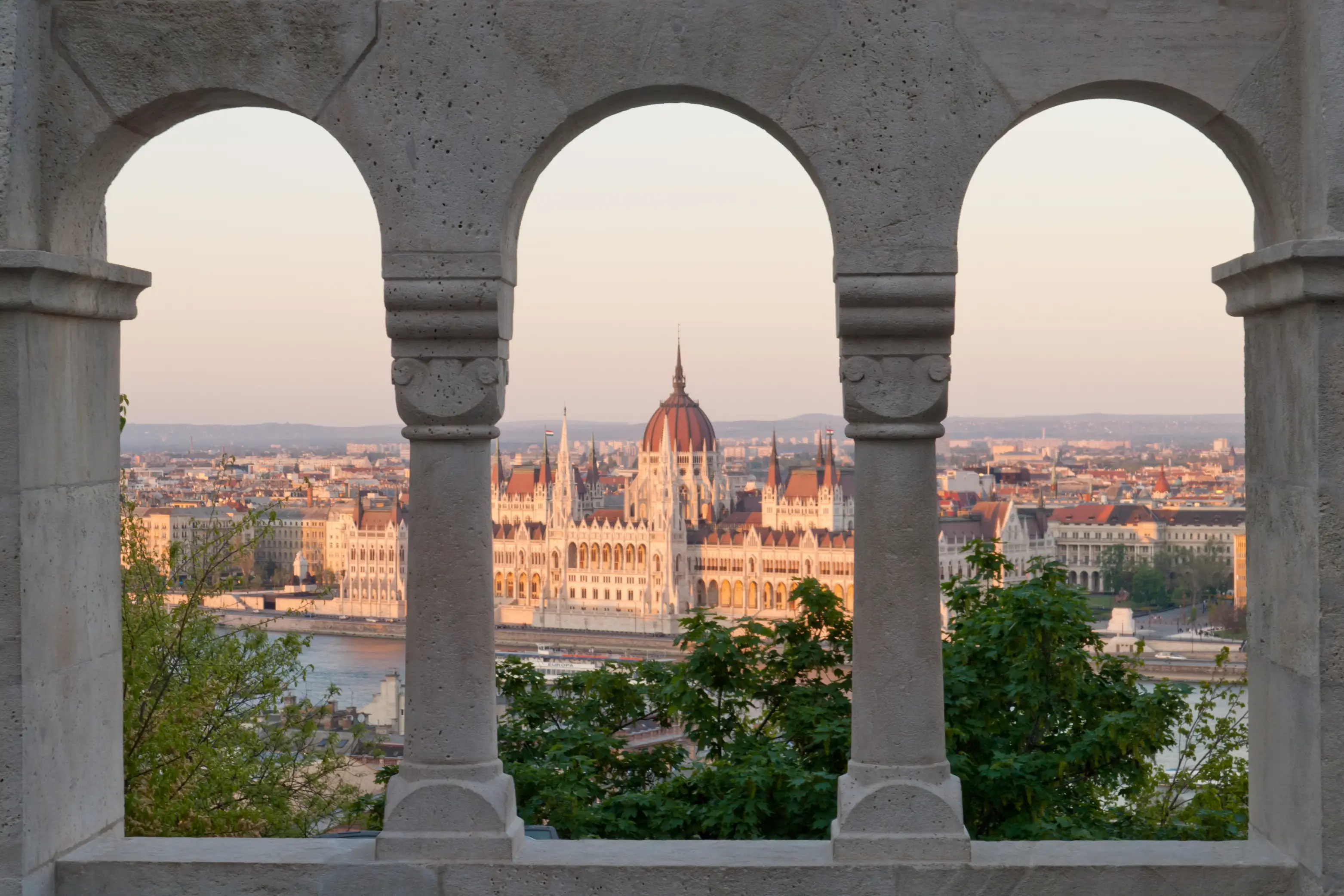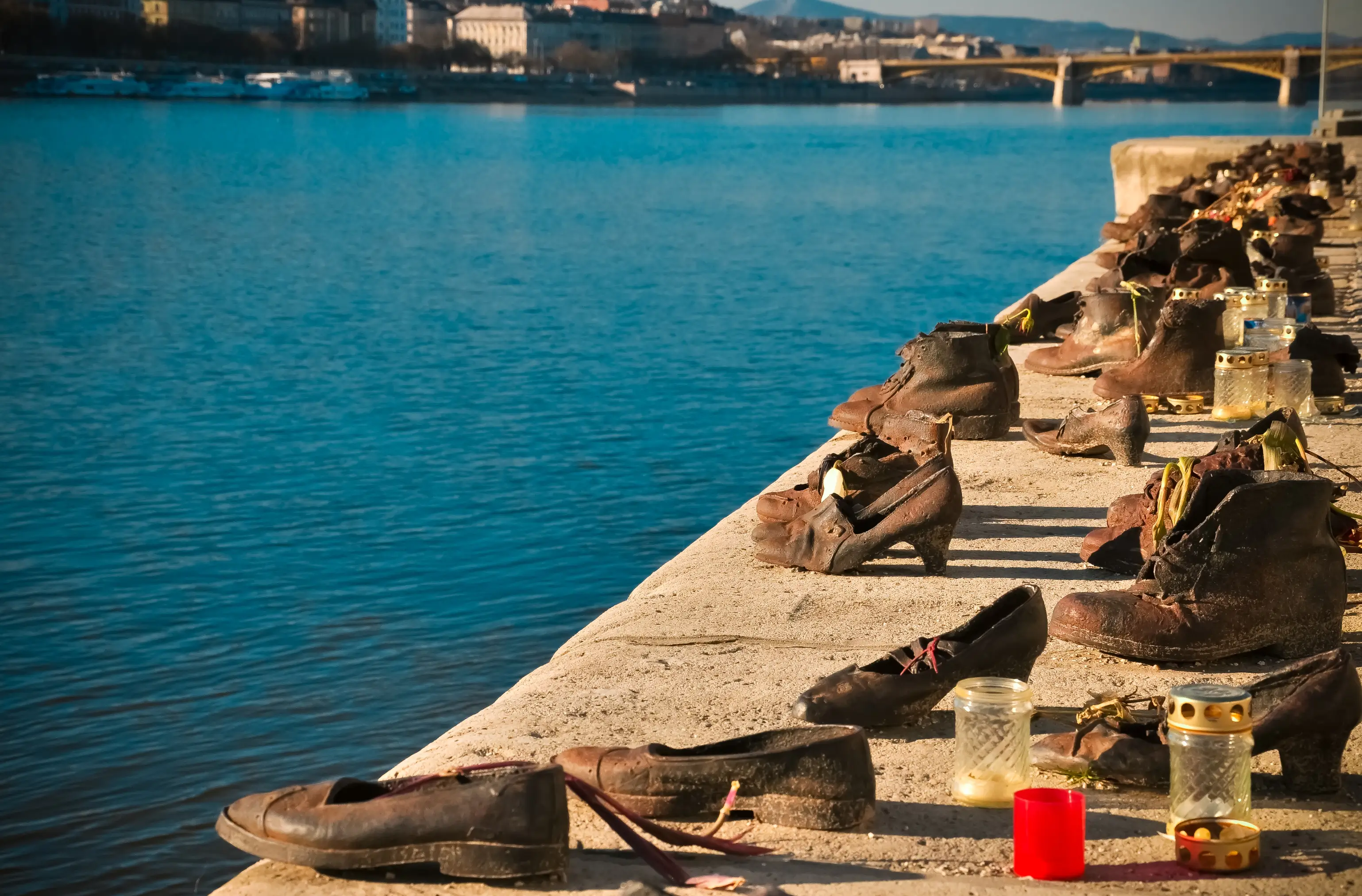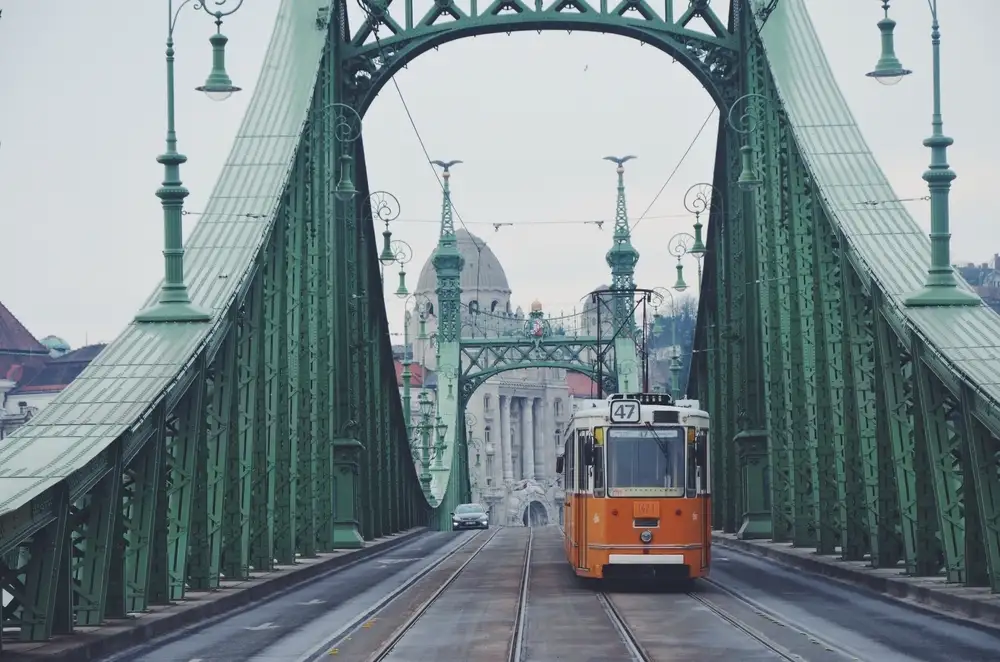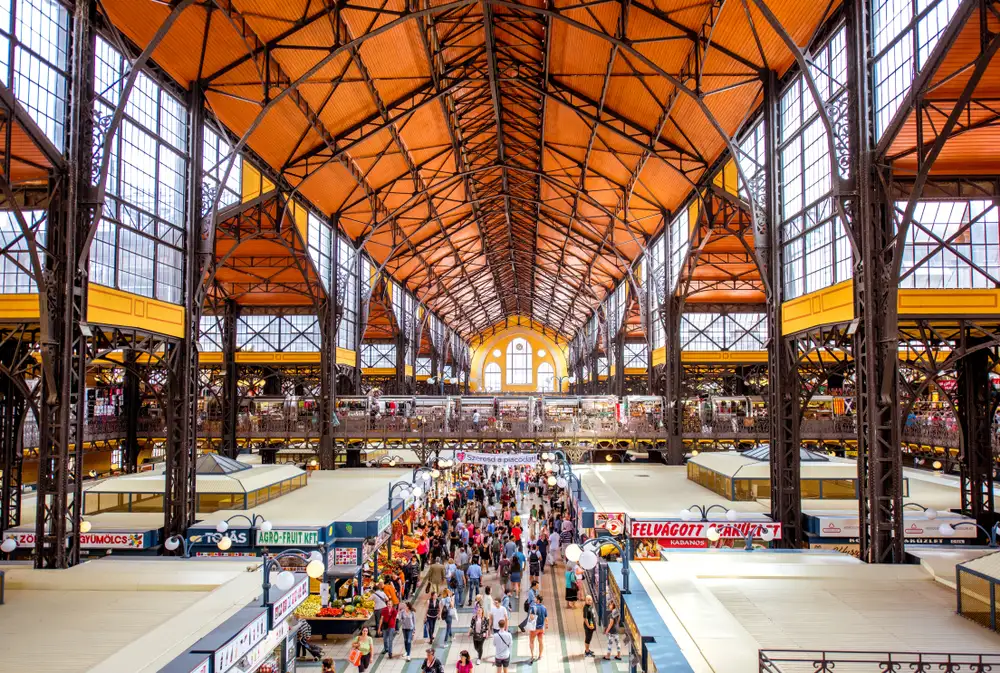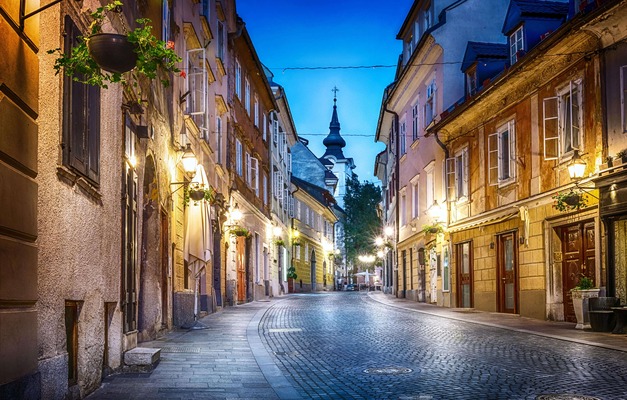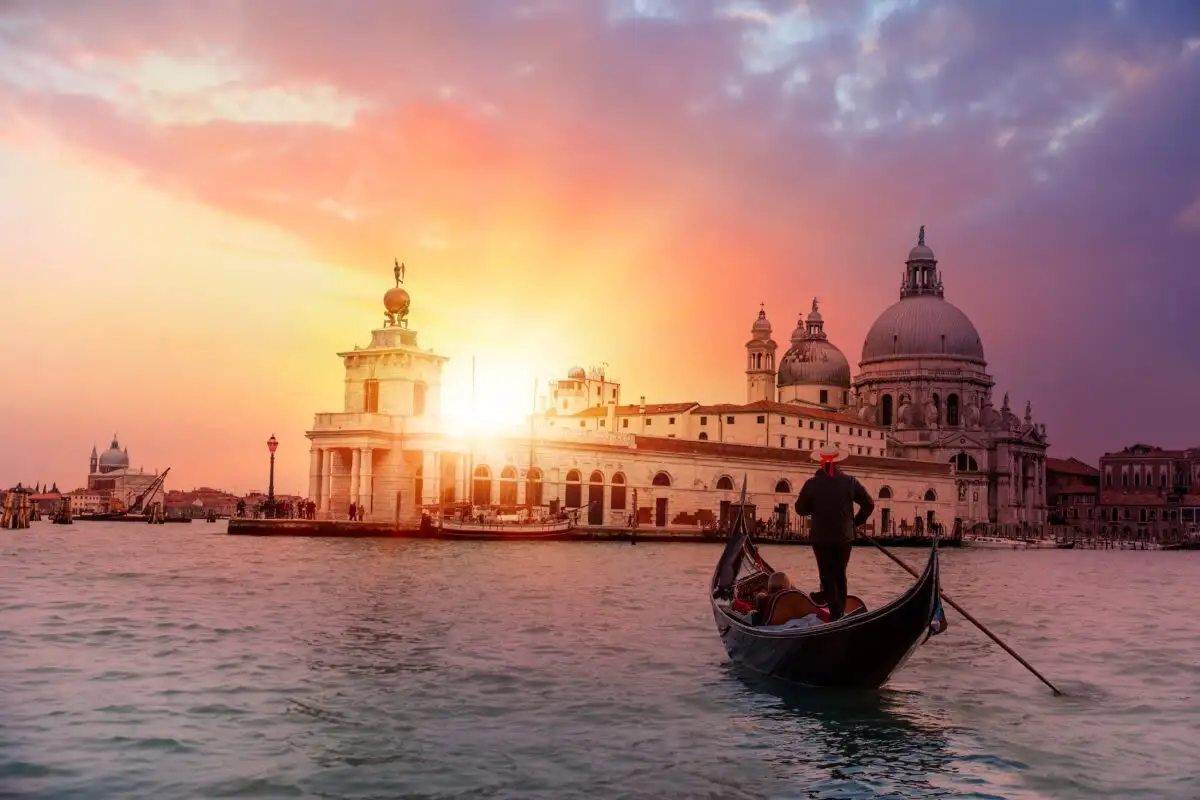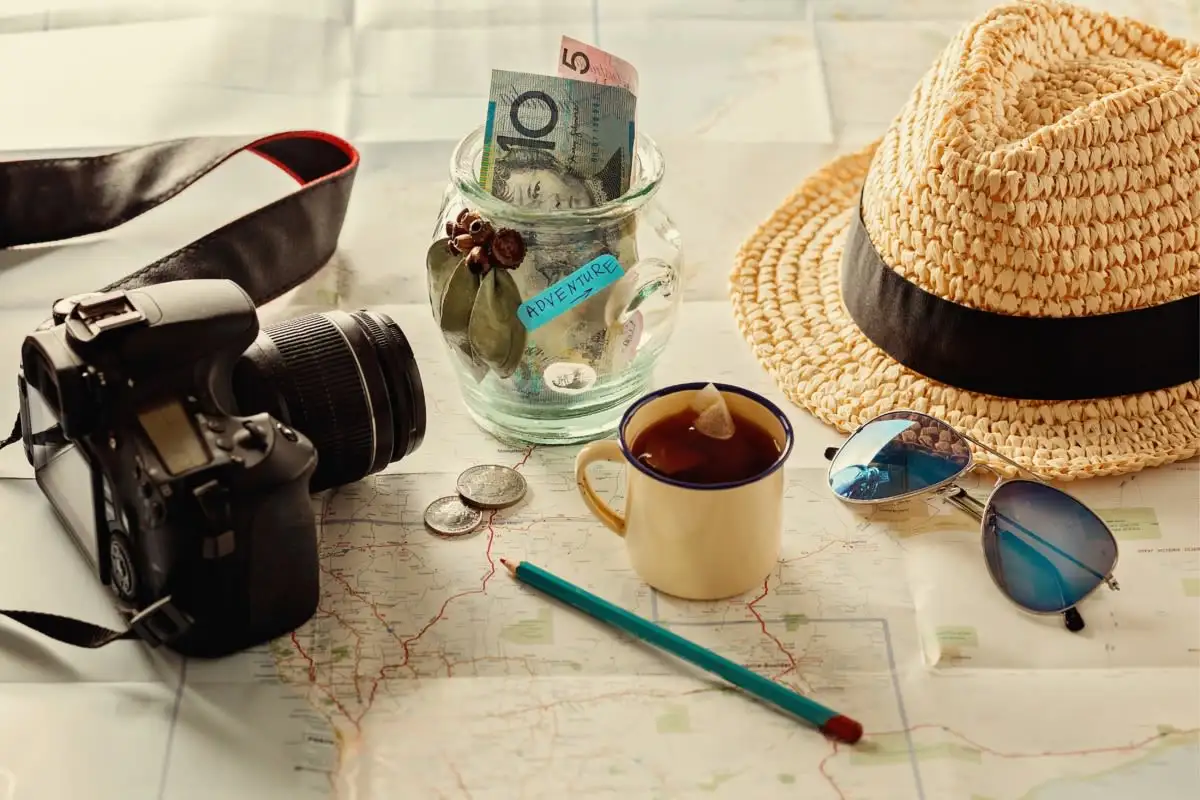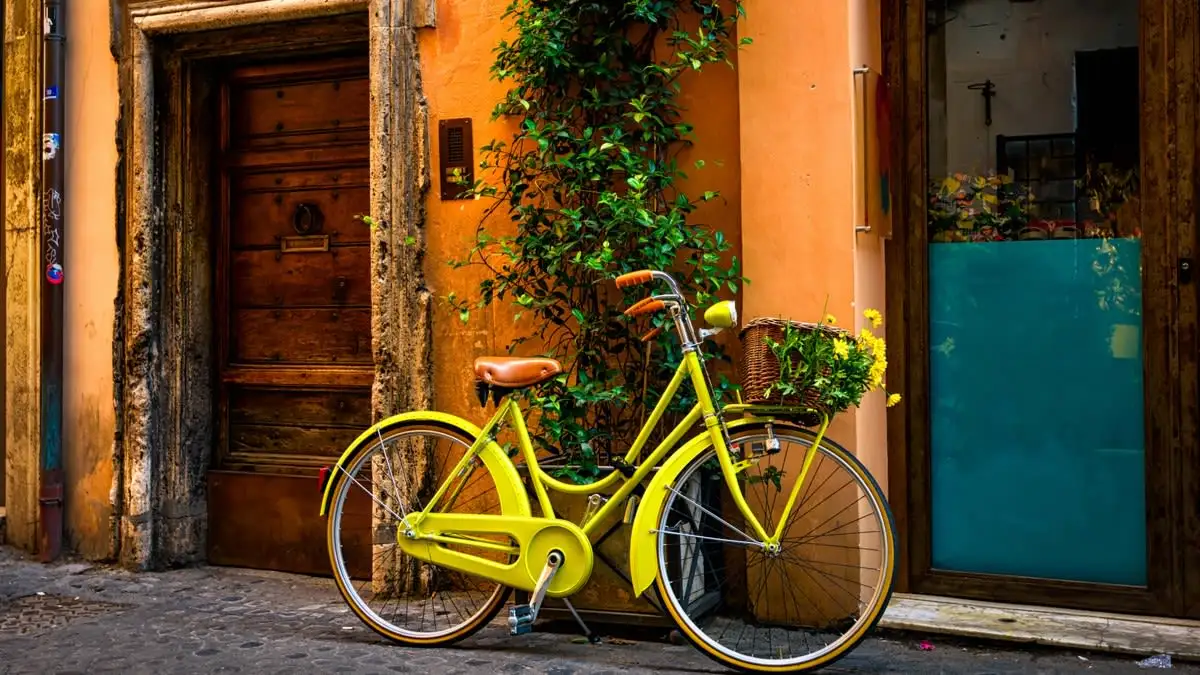Budapest Travel Guide
April - DecemberHungaryHUF
Architecture
Jewish Heritage
Spa & Wellness
Read More

Must See Attractions in Budapest
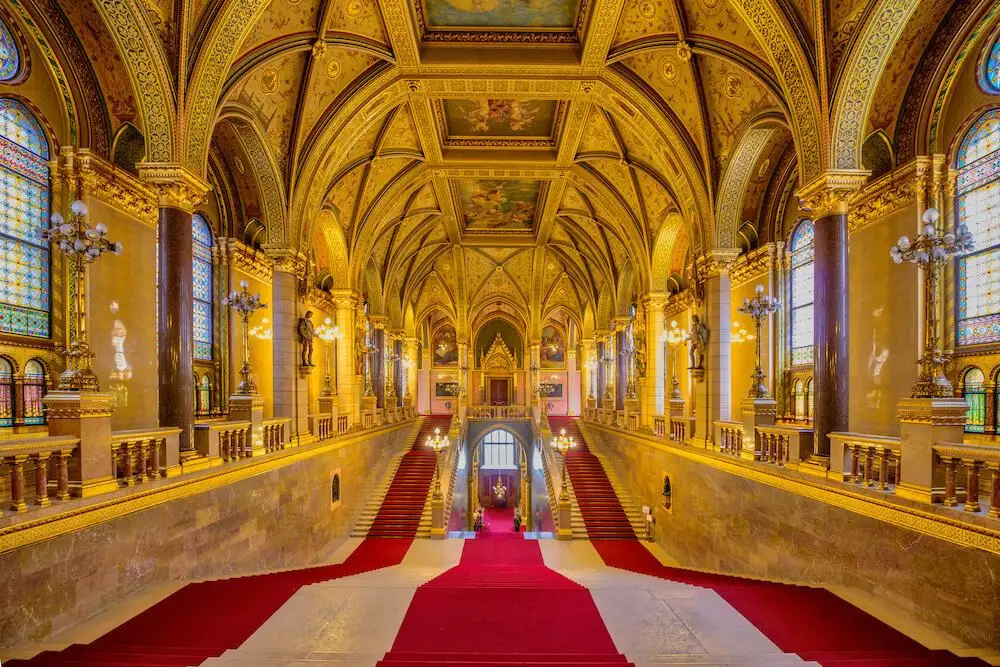
Hungarian Parliament
Architecture
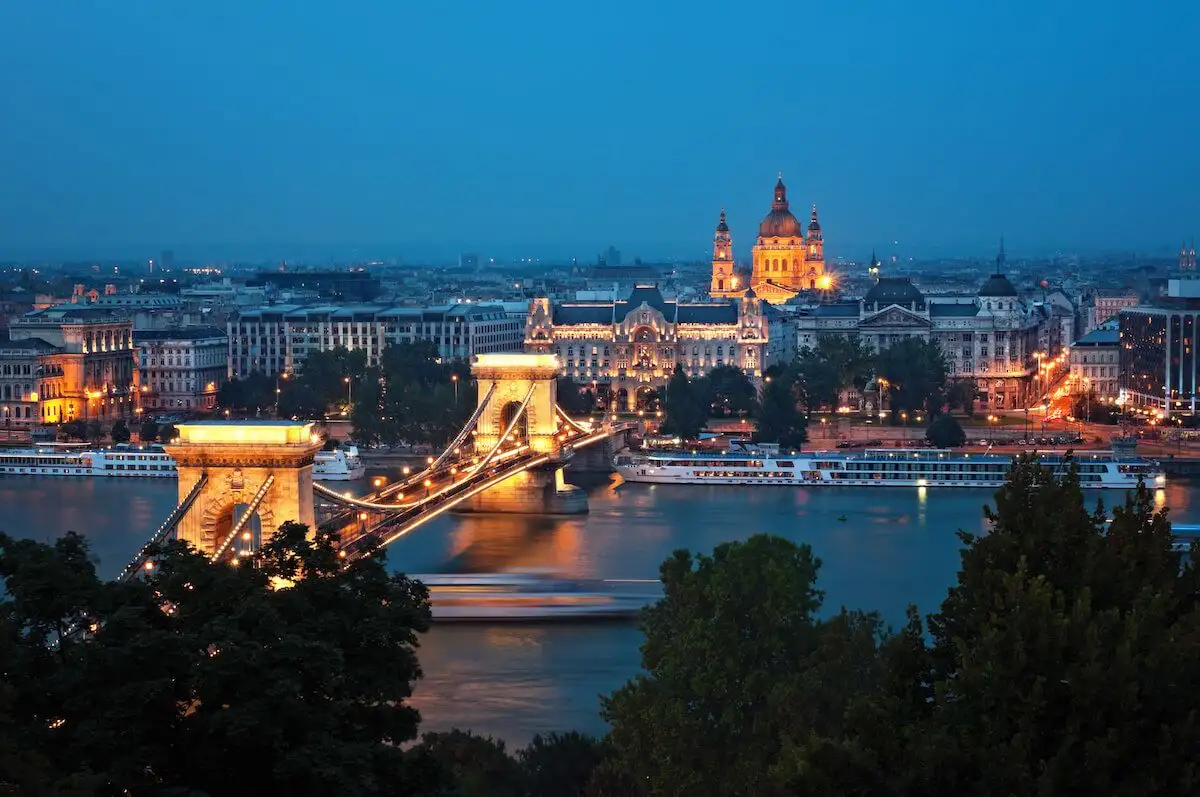
Chain Bridge
Architecture

St Stephens Basilica
Churches & Monasteries
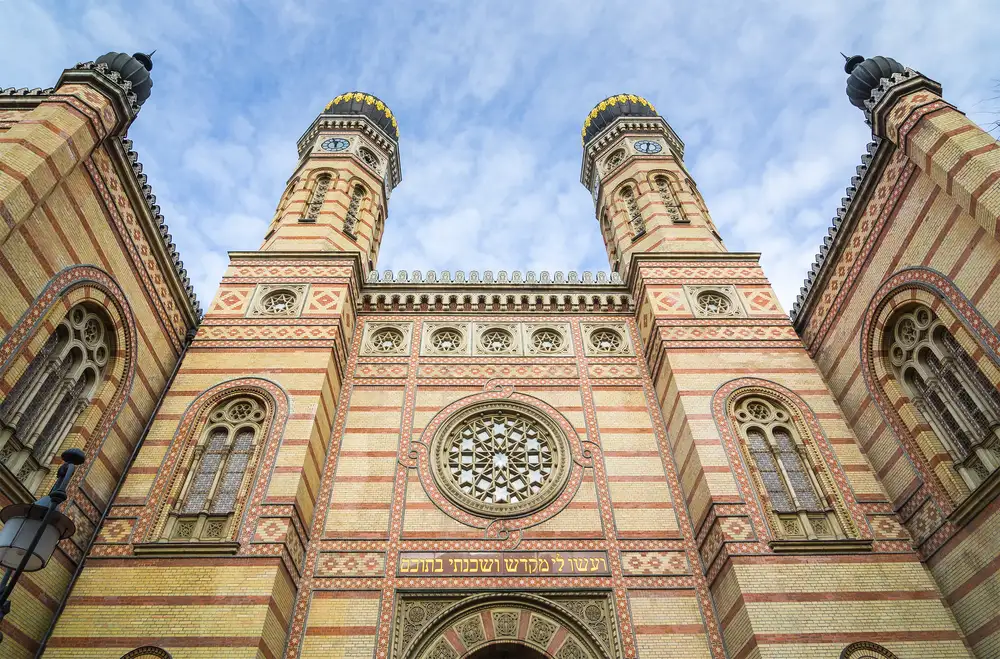
Dohany Street Synagogue
Jewish Heritage
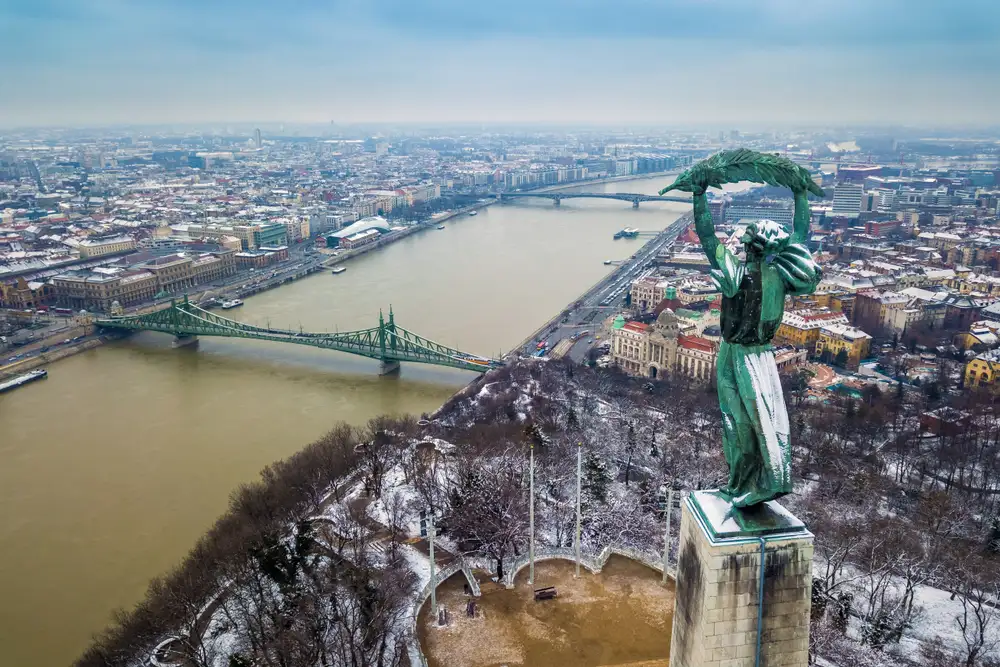
Gellert Hill & Baths
Parks & Gardens
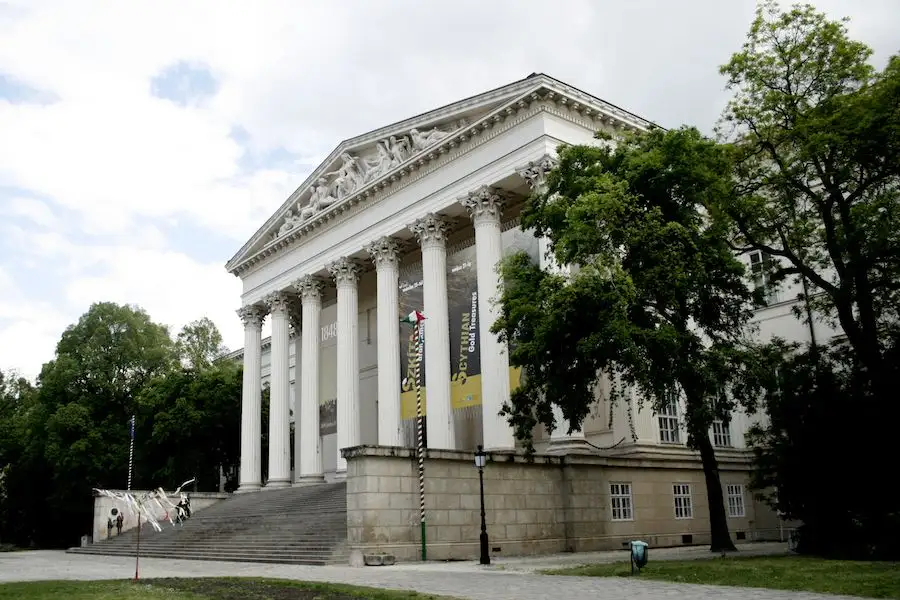
National Museum
Museums & Galleries
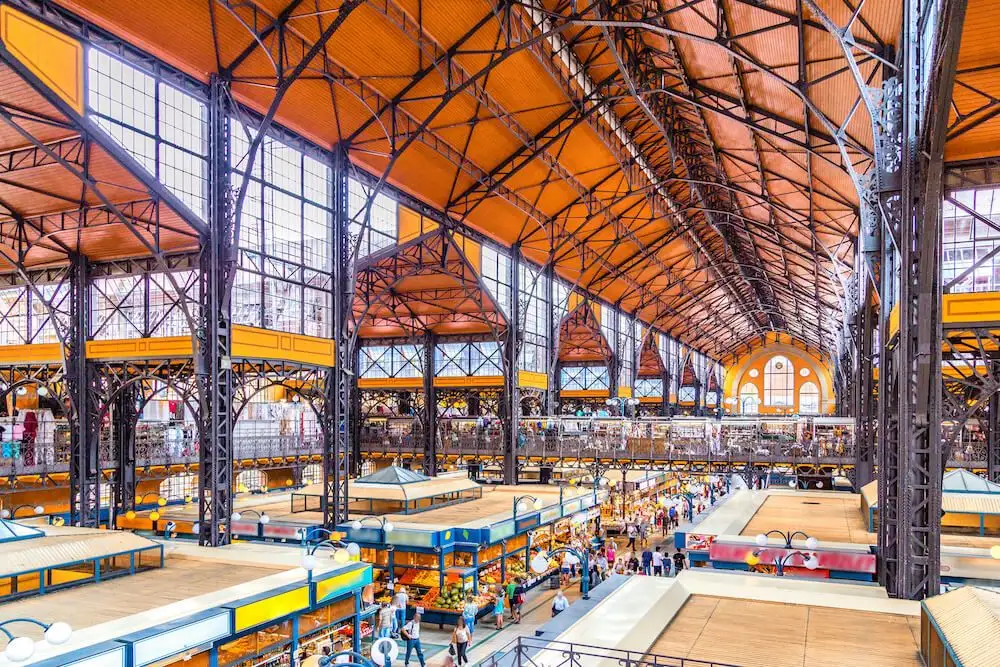
Central Market
Street Markets

Castle Hill
Castles & Chateaux
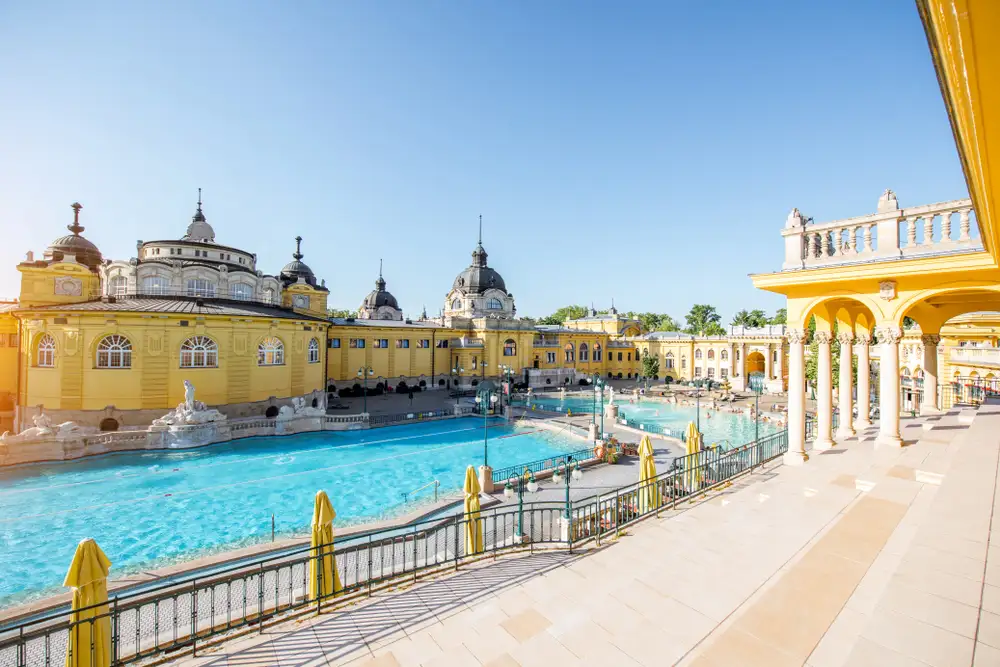
Szechenyi Baths
Spa & Wellness
Show more
Optional Day Trips from Budapest
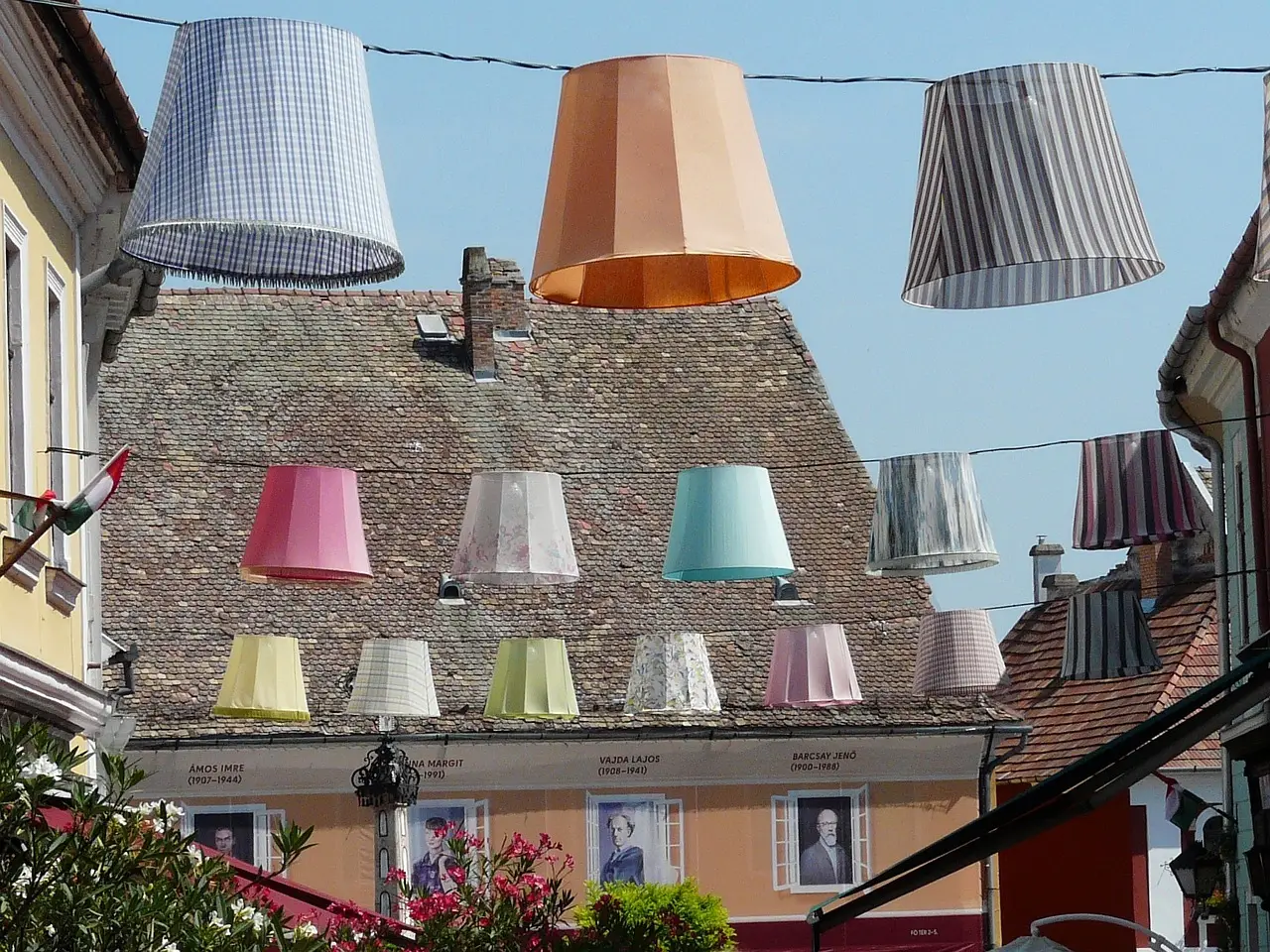
Szentendre
Small Towns
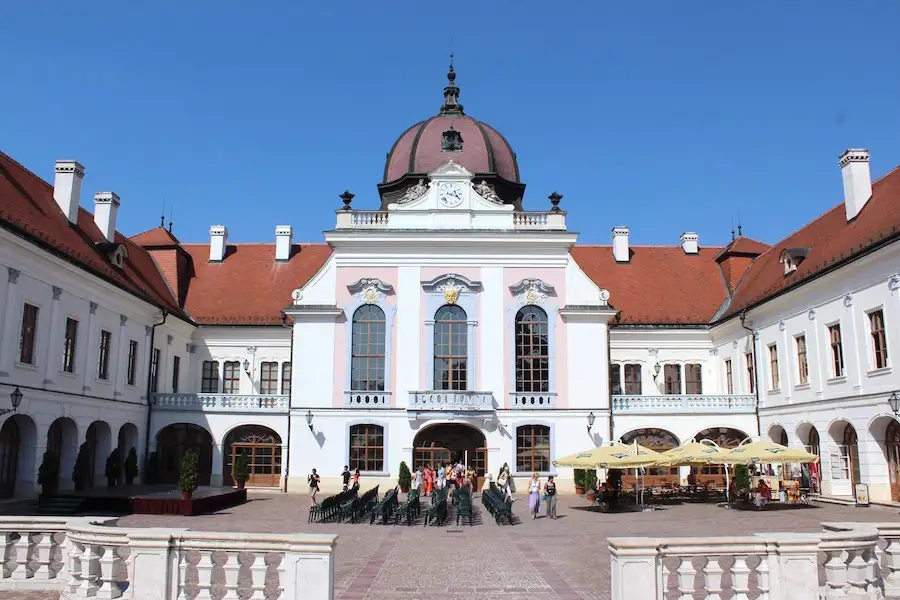
Godollo Palace
Castles & Chateaux

Janos Hill & the Children’s Railway
Cultural
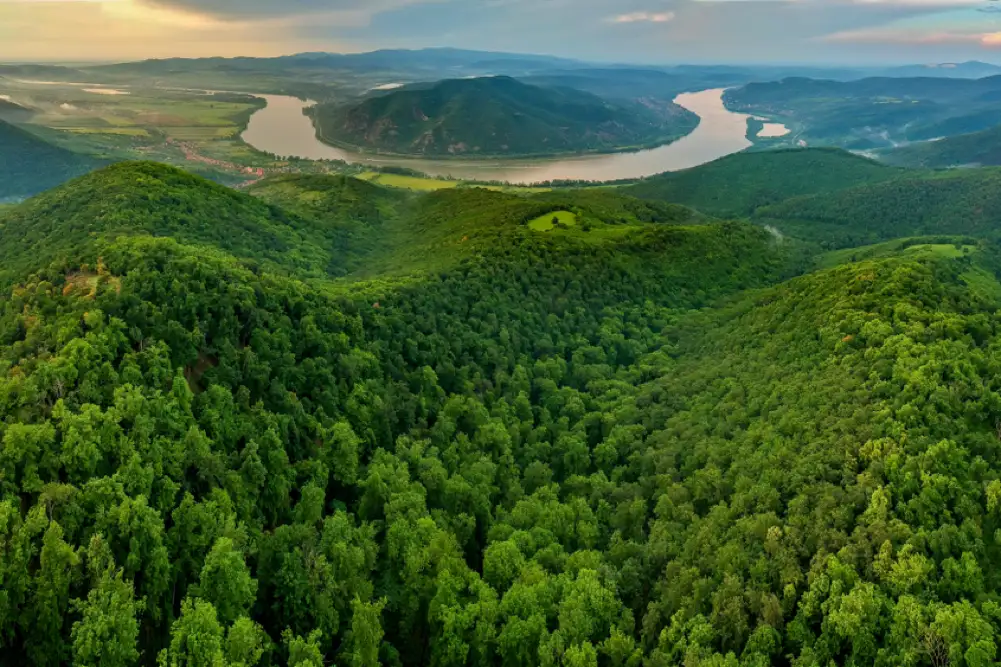
Danube Bend
Natural Beauty
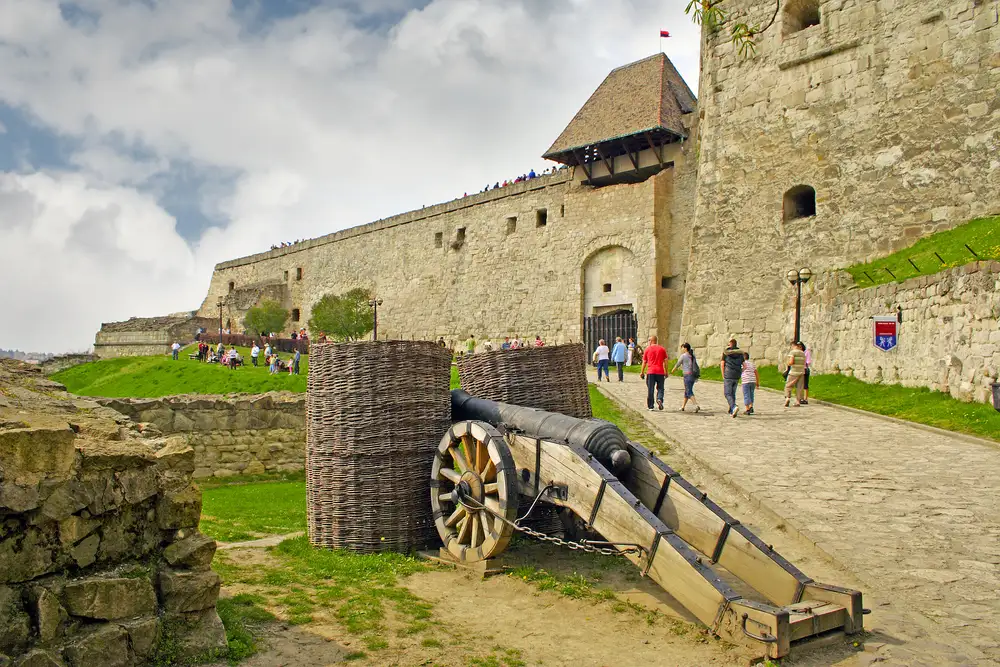
Eger
Small Towns
Show more
Create a custom trip
plan for Budapest
Travelling made easy:
- ✓ 100% customizable trip
- ✓ Support around the clock
- ✓ Local travel expertise
Trips Plans Including Budapest

7 Days
From$1695USD

15 Days
From$2750USD
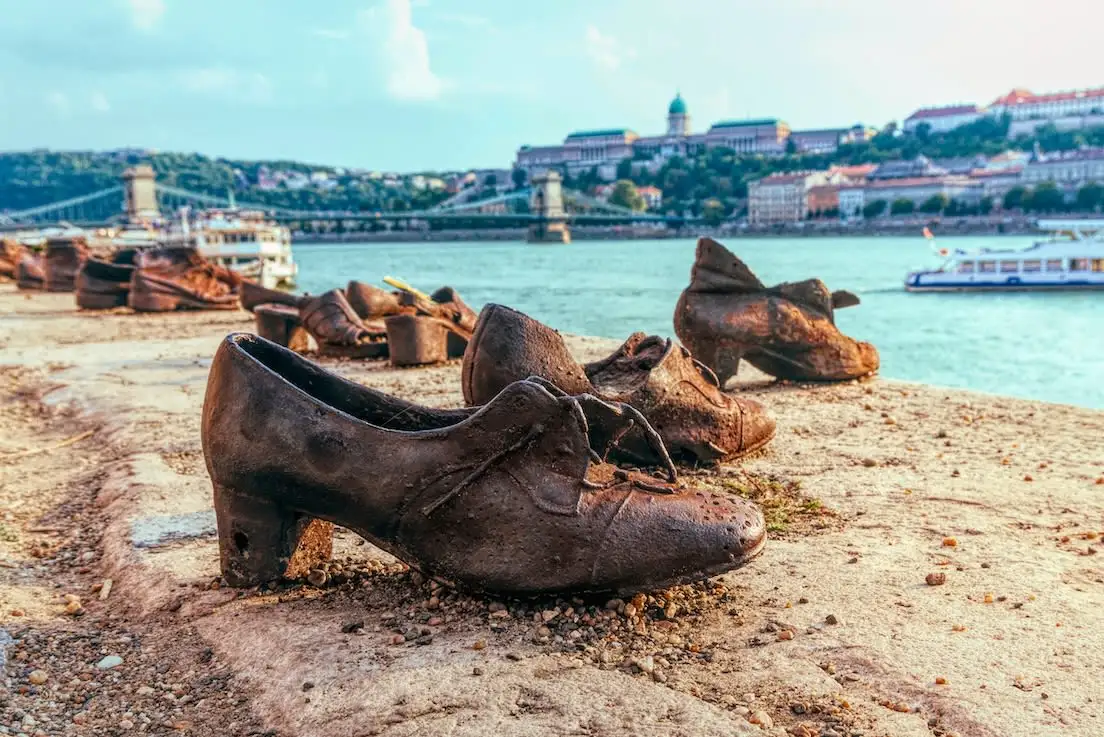
4 Days
From$897USD

14 Days
From$2350USD
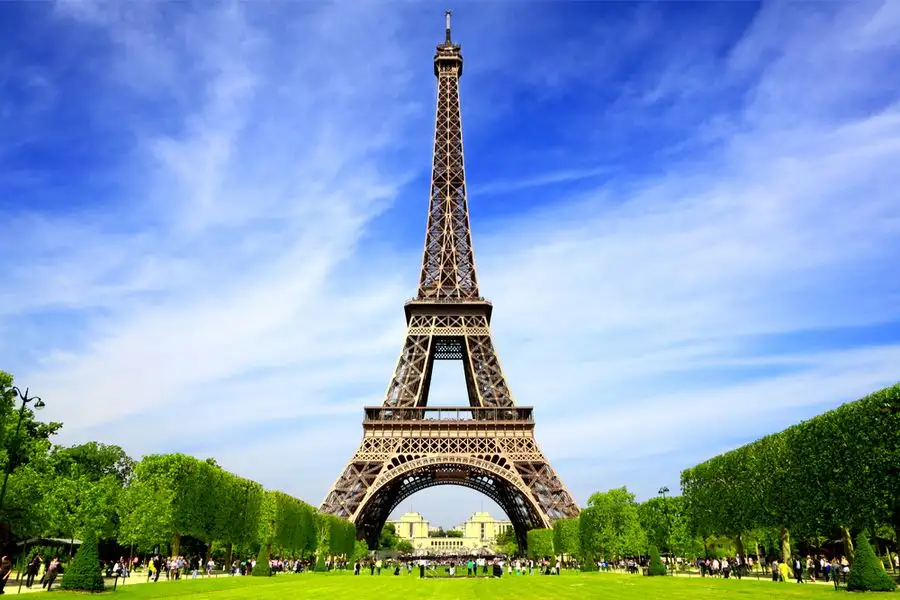
21 Days
From$5789USD

7 Days
From$1695USD

15 Days
From$2750USD

4 Days
From$897USD

14 Days
From$2350USD

21 Days
From$5789USD
prev
next
Featured Blogs
prev
next
Pair Budapest with
showing 4 of 57 destinations
Load moreYour custom trip package includes

A day to day itinerary

Centrally located hotels

Door to door transportation
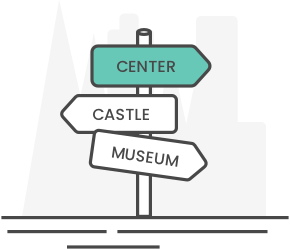
Self-guided & private tours
Create Your Perfect Trip in Minutes
Discover A Better Way To Travel.
Once you Go Real, you’ll never go back to ordinary travel.

